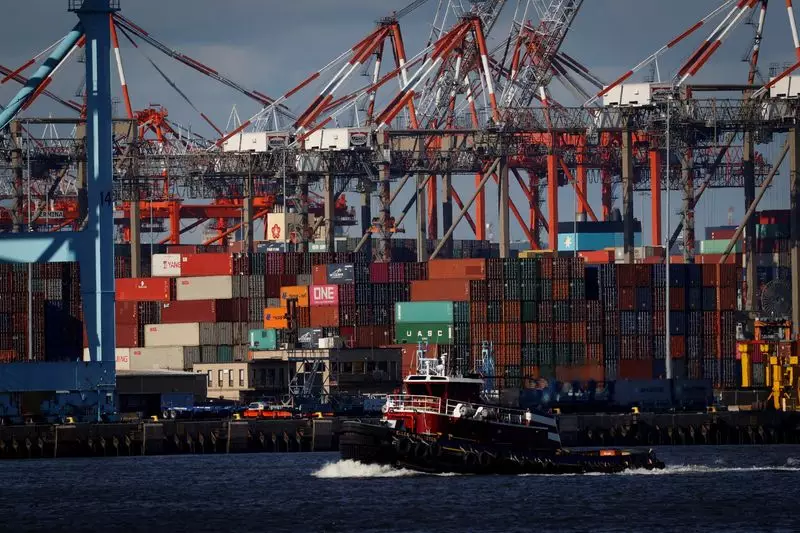The imminent strike by the International Longshoremen’s Association (ILA) on the U.S. East Coast and Gulf Coast presents a significant labor dispute that could heighten existing supply chain challenges and economic concerns. Scheduled to begin on Tuesday, the strike stems from long-standing grievances over wage issues and the drive toward automation within the waterfront labor sector.
Background of the Dispute
The ILA, which represents dock workers at crucial port locations from Maine to Texas, has been vocal about what it claims is a “half-century of wage subjugation.” Their battle against the United States Maritime Alliance (USMX), the body representing the employers, has reached a critical juncture. The current wages and working conditions have not kept pace, according to union leaders, leading to demands for meaningful increases and concerns over terminal automation that threatens job security.
If the strike proceeds as planned, it would mark the first coast-wide ILA strike since 1977, impacting the flow of approximately half of the nation’s ocean shipping activity. This labor action is projected to have broader implications not only on commercial goods but potentially also on consumer prices and the overall economic landscape just weeks before U.S. presidential elections.
The Economic Stakes
The ramifications of the strike resonate deeply within various sectors. From food supplies to automotive shipments, the lockout at ports could disrupt essential trade routes and trigger delays that ripple down the supply chain. The potential for job losses and inflationary pressure raises alarm among business leaders and the government alike.
The Business Roundtable organization has expressed serious concern over the strike, articulating that the economic impact could escalate to billions of dollars lost daily. They emphasized the pressing need for both parties to come to a resolution before the initialized deadline or face severe consequences that could hurt American businesses, workers, and consumers alike.
The federal government, particularly the Biden administration, has acknowledged the gravity of the situation but has signaled reluctance to intervene forcibly. President Biden has stressed his belief in collective bargaining and the limitations of the Taft-Hartley Act, which permits federal intervention in labor disputes deemed to threaten national security. By refraining from intervention, the administration is placing confidence in the negotiation process rather than imposing a solution.
As of now, negotiations appear stalled, with no discussions reported on the weekend leading to the impending deadline. This pause in talks raises questions about the willingness of both sides to compromise and reach an agreement that avoids an outright strike.
Looking forward, the strike, if executed, could test both the resilience of the U.S. economy and the political landscape amidst a fraught election season. Increased pressures on supply chains might lead to public discontent, and if the conditions escalate further, it could result in more significant labor activism or shifts in policy regarding worker rights and employment standards.
Moreover, the outcome of this dispute might shape the discourse around automation in the workforce. As companies increasingly adopt technology to enhance efficiency, potential job losses may generate public pushback against these trends, fueling debates in both labor and political spheres.
The impending port strike presents a complex interplay between labor rights, economic stability, and technological advancement. As the deadline looms with no resolution in sight, stakeholders on all sides must weigh the risks and opportunities of this decisive moment. The outcomes not only affect dock workers but resonate throughout the economy, setting a precedent for future labor relations and technological adaptation. The hope remains that negotiation and dialogue can prevail, allowing both workers and employers to derive a beneficial compromise that serves the broader economic good.

